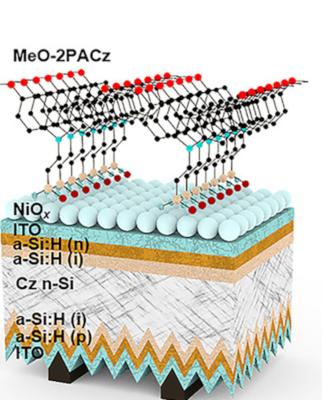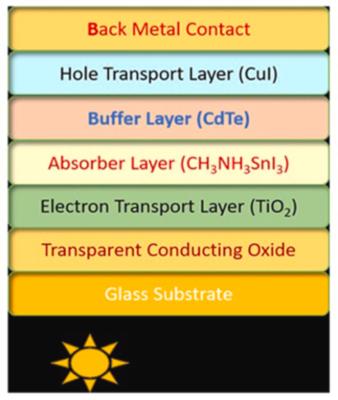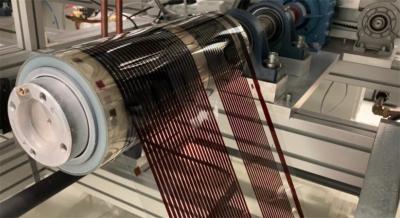Researchers use hybrid interconnecting layers to achieve perovskite-silicon tandem solar cell with 28.47% efficiency
Researchers from China's Jinan University, University of Macau, Wuyi University, Guangdong Mellow Energy and Germany's IEK-5 Photovoltaik (Forschungszentrum Jülich) recently designed a two-terminal perovskite-silicon tandem solar cell that utilizes new hybrid interconnecting layers to reduce recombination losses in the top perovskite device. The tandem cell achieved an impressive fill factor of 81.8%, which the scientists said is the highest value ever reported for this cell technology to date.
The team's 2T perovskite-silicon tandem solar cell is based on special hybrid interconnecting layers (ICLs) that prevent direct contact between the perovskite absorber and transparent conductive oxide (TCO). The scientists' approach is based on sputtered nickel oxide (NiOx) as the seed layer of SAMs to build the hybrid interconnecting layers. The sputtered treatment technique provides, according to the team, an easy coating on a complex substrate and high reproducibility.








